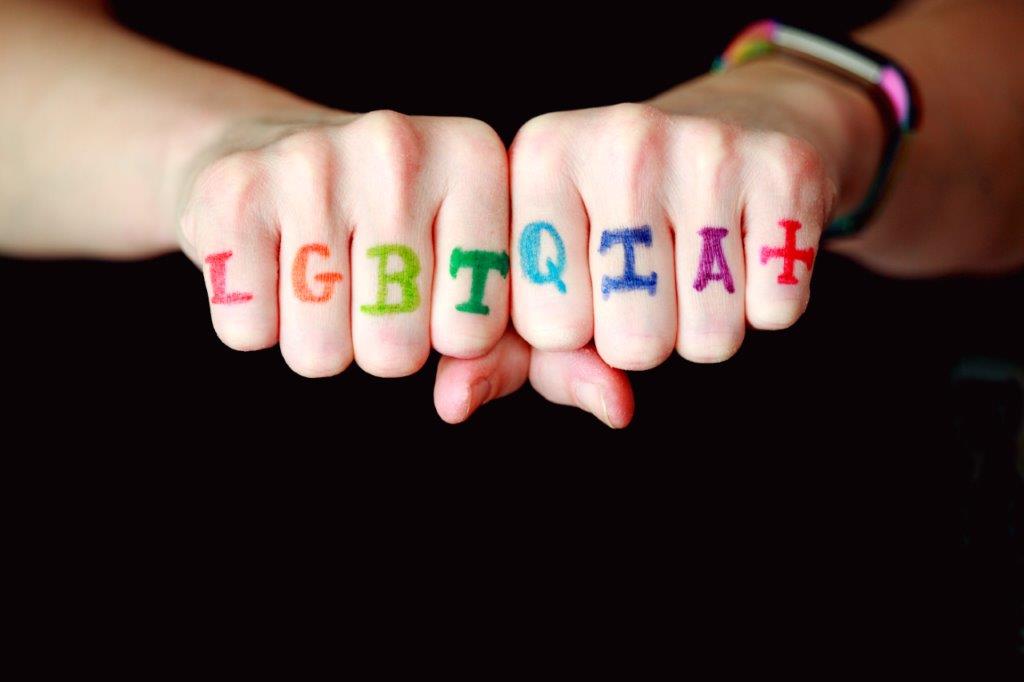Sexual Orientation & Gender Identity In Housing
Sexual Orientation and Gender In Housing
The Fair Housing Act provides specific protections regardless of sexual orientation or gender.
The executive order here asked the Federal Government to take the Supreme Court decision in Bostock v. Clayton County, which ruled that LGBTQ people are protected from sex discrimination in employment decisions under Title XII of the Civil Rights Act of 1964, and apply it wherever sex is a protected class in federal law. That means that LGBTQ people can no longer be discriminated against in housing, education, and health care as well as employment[1].
Under the Fair Housing Act, housing providers cannot:
- Denying entry due to biological sex
- Providing better services or treatment to one sex over another
- Make disparaging comments about the appearance or practice of an individual based on their perceived gender or sexual orientation
HUD’s equal access rule:
- Applies only to programs and shelter funded under programs administered by HUD's Office of Community Planning and Development (CPD)
- Ensures equal access to individuals in accordance with their gender identity into these programs and shelters
Under the equal access rule:
- A person must be approved for shelters or programs based on their gender identity, even if their official identity documents state a different or conflicting gender or sex.
- No intrusive questions are allowed about a person’s sex, gender identity or sexual orientation.
- No steering or limiting access to facilities or amenities based on a person’s gender identity
- Housing provider must address the behavior of the aggressive party, not the victim
- You have the right to be placed in a shelter of the gender with which you identify.
- Transgender people should be welcome to:
- Use the bathrooms and showers that correspond to their self-identified gender
- Use the facilities that feel safest for them.
Exemptions:
In some instances, housing providers may separate individuals based on self-identified gender if there is a legitimate business reason due to privacy or security.
Some potential signs of sexual orientation and gender discrimination could be[2]:
- Prioritizing applicants on a waiting list based on sex
- Setting different rents or fees for tenants based on sexual orientation
- Failing to renew a lease once a housing provider becomes aware of a tenant’s sexual orientation
- Considering a tenant’s gender expression before pursuing eviction
Housing providers are encouraged to create environments where everyone feels welcome and safe. This includes having at least one single-stall, gender-neutral bathroom, and a single-stall shower where applicable.
Resources:
Executive Order Preventing and Combatting Discrimination
HUD’s Final Rule on Equal Access Regardless of Gender or Sexual Orientation
Preventing Harassment in Housing worksheet
The work that provided the bases for this publication was supported by funding under a grant with the U.S. Department of Housing and Urban Development. The substance and findings of the work are dedicated to the public. The author and publisher are solely responsible for the accuracy of the statements and interpretations continued in this publication. Such interpretations do not necessarily reflect the views of the Federal Government.



